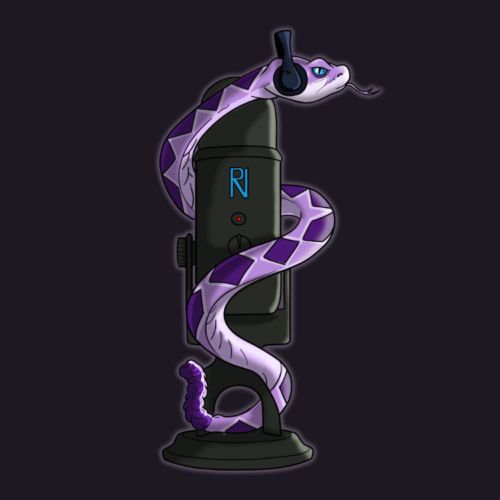Is It a Phase or a Concern? A Teacher’s Guide to Recognizing Developmental and Behavioral Red Flags
How can you tell if your child’s behavior and development are on track? What early signs might indicate the need for an evaluation? In this episode, Ruby Manoles, an early childhood special education teacher, shares how she is often the first to recognize when a child may need extra support. She explains how teachers serve as a crucial bridge between families, schools, and healthcare, advocating for children and connecting them to services to help them thrive.
Key Takeaways
- Recognize Red Flags: Watch for behaviors that may indicate a need for evaluation, such as:
- Difficulty adjusting after 6–8 weeks in a new environment
- Inability to clearly communicate needs
- Lack of responsiveness to safety cues
- CDC Developmental Milestones
- Share Concerns Early: If you notice red flags, communicate with the school team. Providing information can enhance the quality of the educational assessment.
- Understand the Difference: An educational diagnosis is not the same as a medical diagnosis, and having a medical diagnosis does not automatically qualify a child for educational services.
- Focus on the Child, Not the Label: Use person-first language (e.g., “a child with a disability” instead of “a disabled child”) to emphasize the individual, not the disability.
Connect with Archelle
- ArcHealth Newsletter: https://www.archellemd.com/newsletter
- Email: SpeakUpForYourHealth@gmail.com
- Instagram: https://instagram.com/speakupforyourhealth
- Facebook: https://www.facebook.com/speakupforyourhealth
#special education #child development #parenting #neurodiversity #early childhood education #special needs children #autism spectrum disorder
































